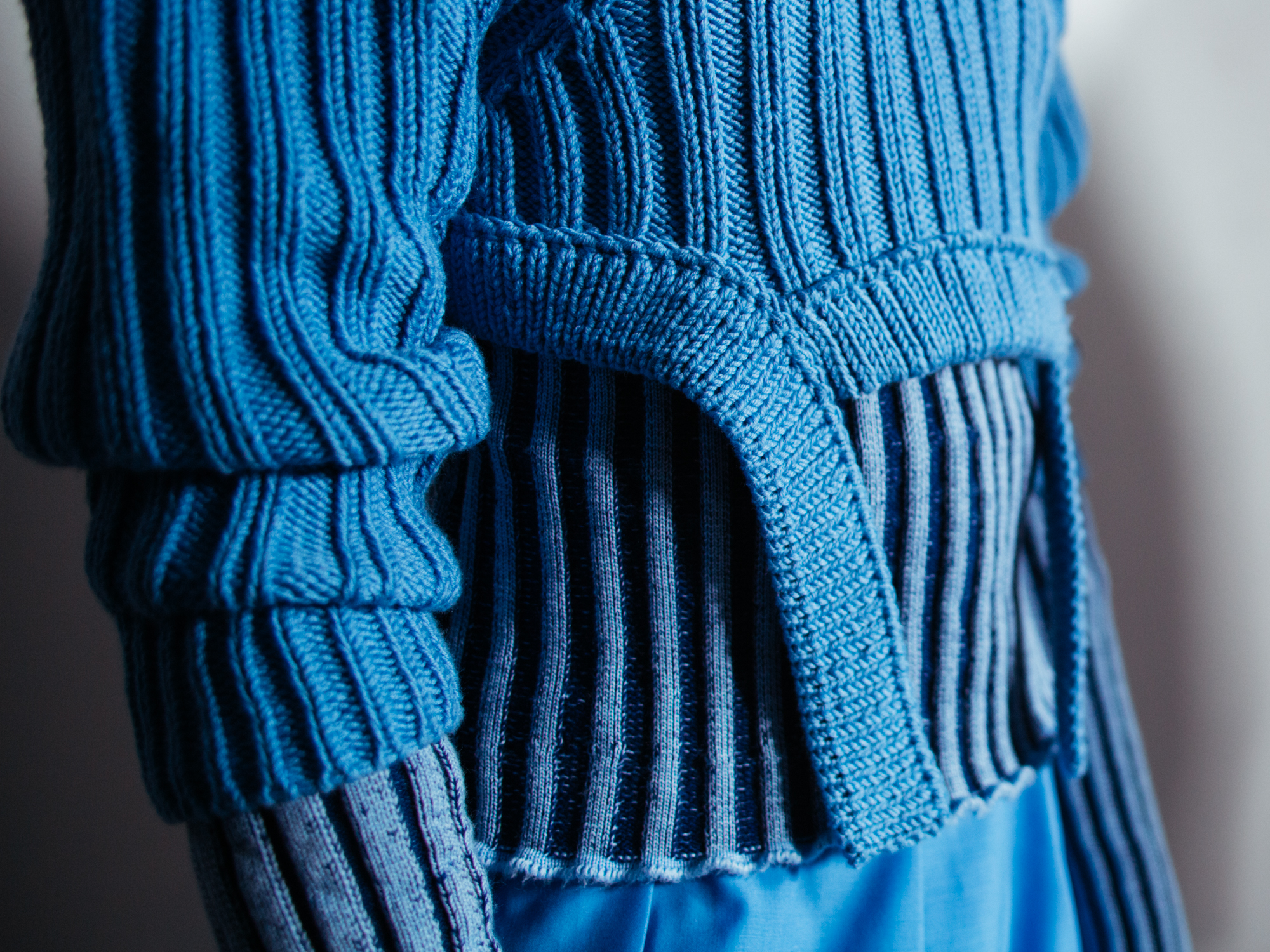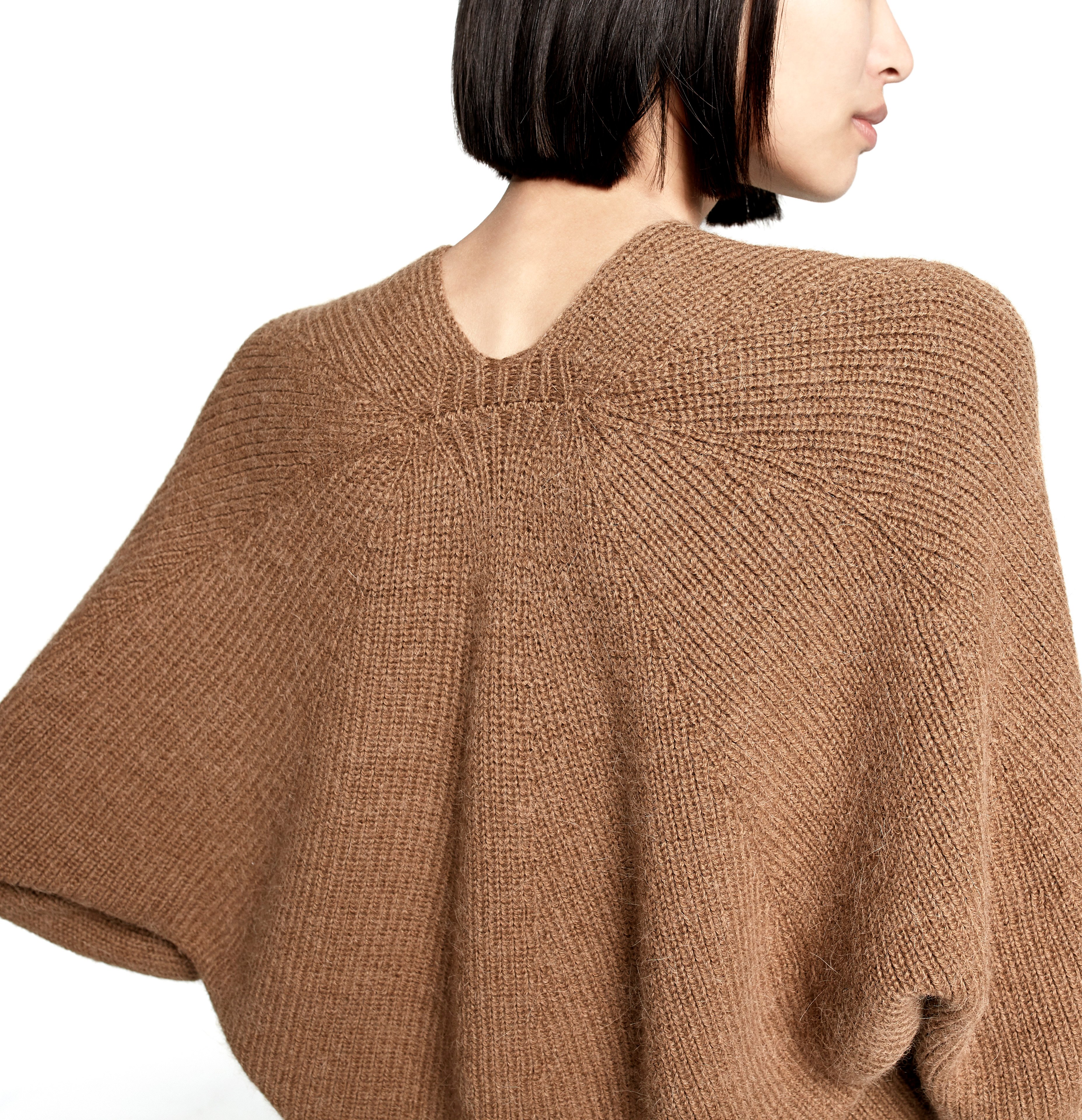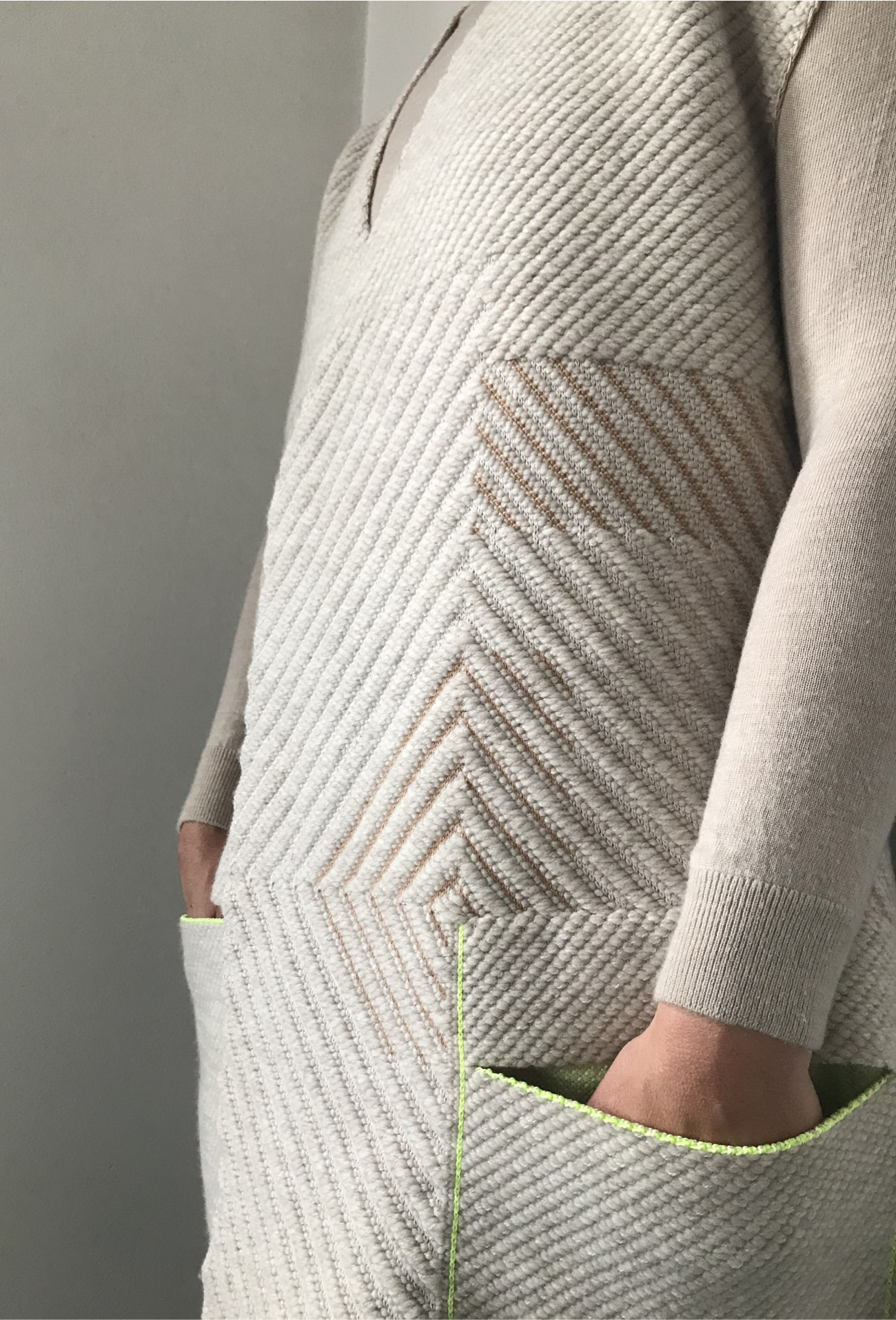This course provides a foundational knowledge of wool knitwear design and manufacture. The main focus of the course is to explore knitting in relation to the production of knitted wool garments. Although the content briefly touches on the topic of hand knitting and its place in the knitwear industry, the emphasis is on commercial-scale mechanised knitwear design and manufacture.
By the end of this course you should be able to:
- explain the role and benefits of wool as a raw material for knitwear
- outline, at a high level, the processes involved in producing wool yarn for knitwear
- provide a high-level overview of the history of knitting and the evolution of knitting technologies
- outline the evolution of knitwear design (including an exploration of the work of influential knitwear designers)
- appreciate the key elements of the design process
- describe the main types of knitting machines currently used to manufacture knitted fabric and garments and their basic actions
- explain the key knitted structures and techniques used to create knitwear
- outline the key manufacturing routes for modern knitwear
- outline the key elements involved in the ‘design and make processes’ for the key manufacturing routes
- appreciate the classic body shapes and garment components that inform knitwear design alternatives
- outline a range of common neck cuts and trims used to create knitted garments
- describe a range of classic trims and pocket styles used to create knitted cardigans
- list a range of popular knitwear accessories and provide a brief overview of the production processes used to create them.
- The raw materials of the knitwear industry
- The history of knitting and knitting technologies
- The evolution of knitwear design
- The key elements of the design process
- Modern knitting technology and basic knit action
- Basic knit structures and knitting techniques
- Making-up routes for modern knitwear
- Basic knitwear body shapes and silhouettes
- Basic knitwear trims and neck cuts
- Basic cardigan trims and pockets
- Knitwear accessories
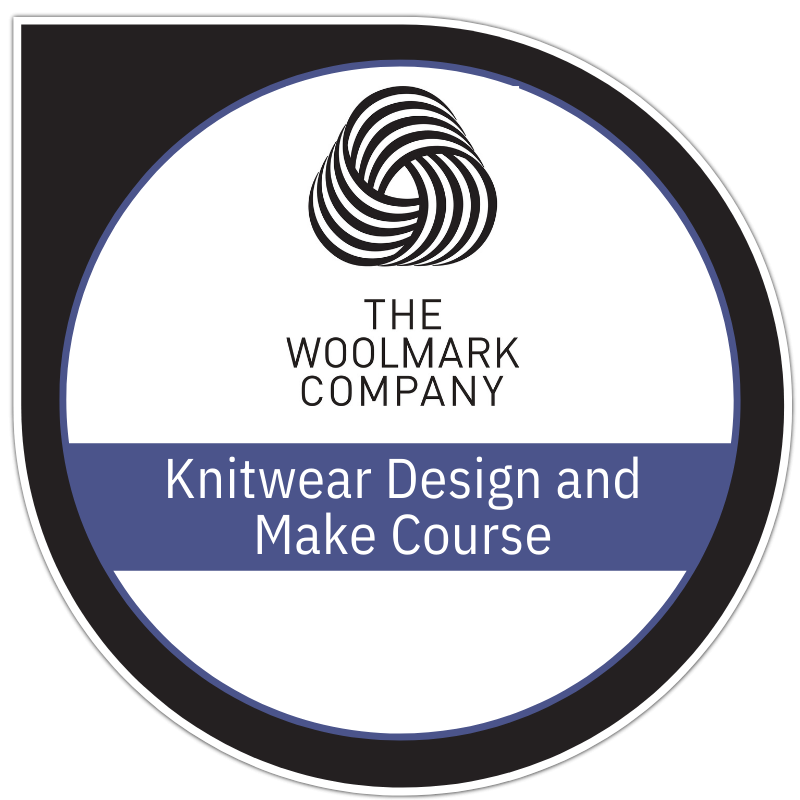
Modules: 11
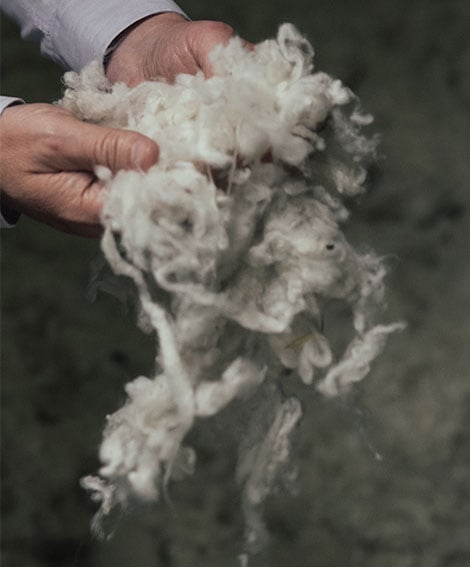
This first module explores the modern knitwear industry in the context of the global apparel market, before exploring the raw materials that provide designers with an opportunity to exploit their abilities and develop truly innovative, beautiful and functional end creations.
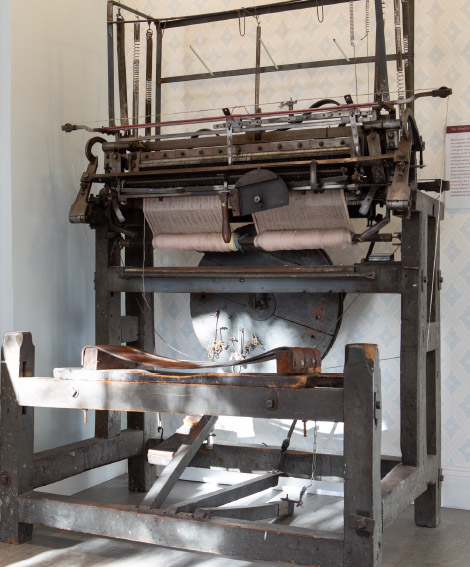
This module takes a journey from the very beginnings of the first hand-knitted garments through to the precursors of modern knitting machines. It focuses on the history of knitting as a process and the evolution of knitting machinery.
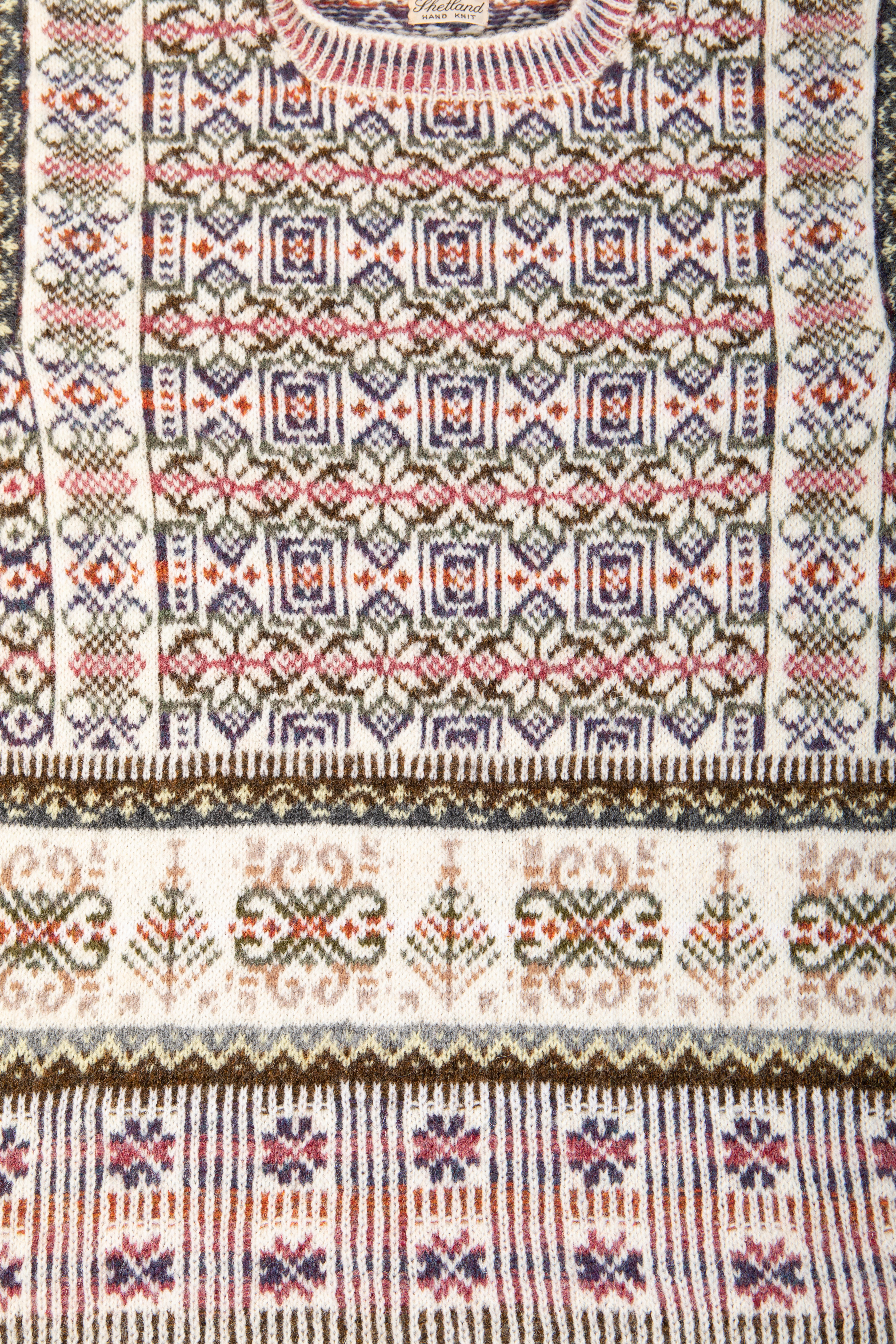
Knitwear design has evolved alongside advances in knitting technology. This module takes a look at some of the key knitwear design influences and influencers and investigates some of the opportunities being presented by the latest technologies.
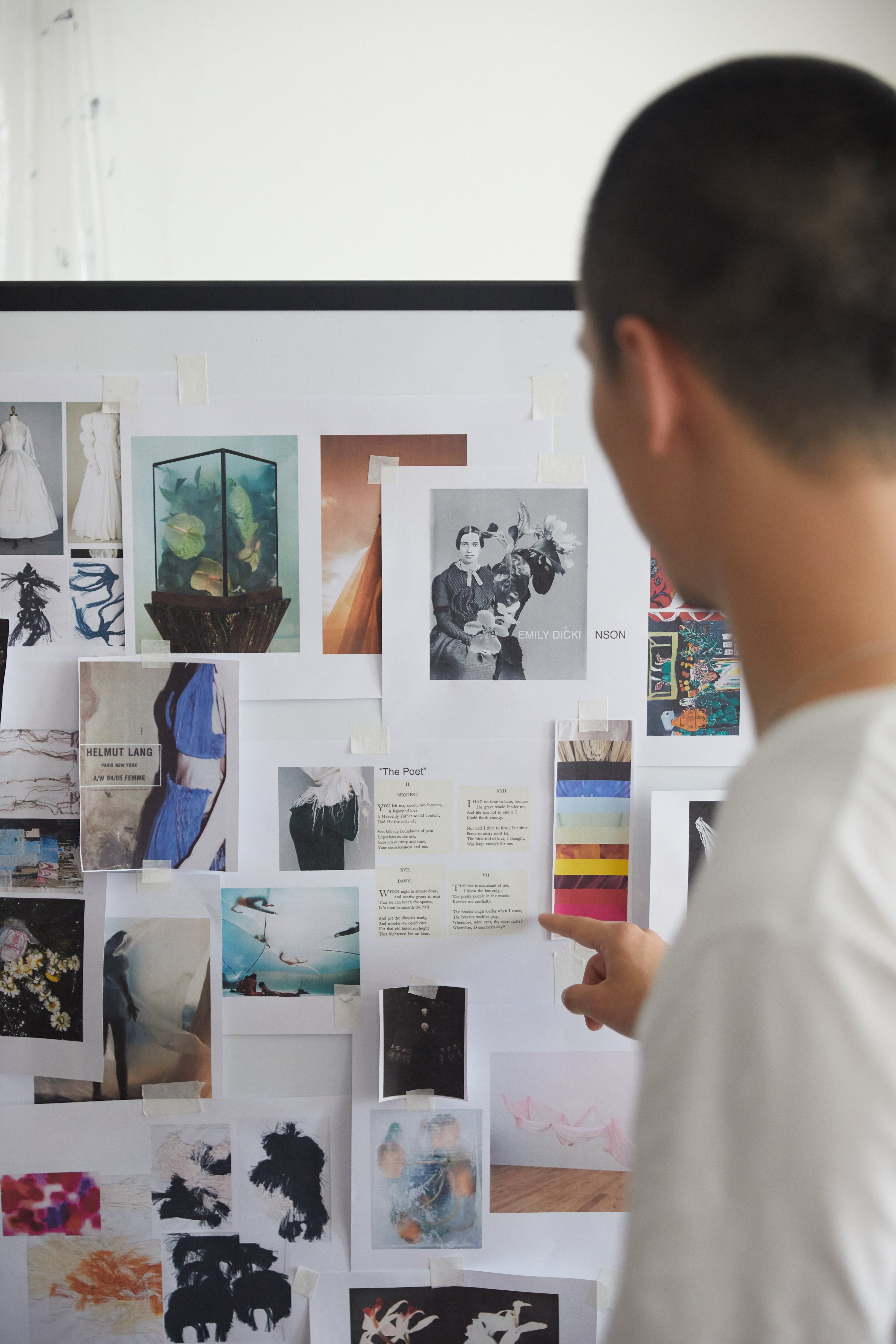
A rigorous design process allows designers to harness their ideas in a creative, yet sustainable way. Combined with a sound understanding of the technology and techniques available to them this process will see emerging knitwear designers exploit their natural talents so true innovation can transpire.
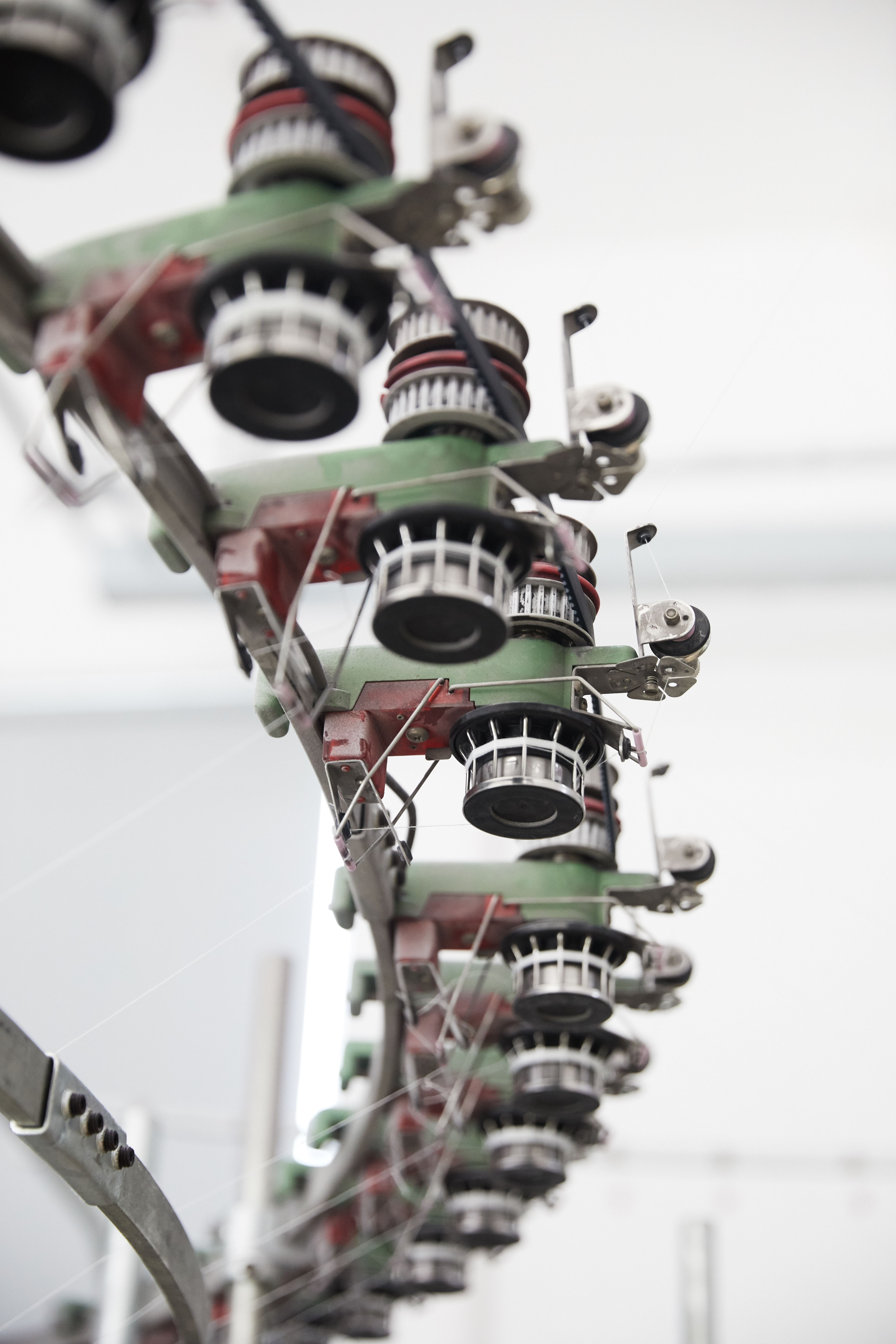
This module focuses on the key types of knitting technology currently used to create knitted textiles and garments and the basic knitting actions used by each form of technology.
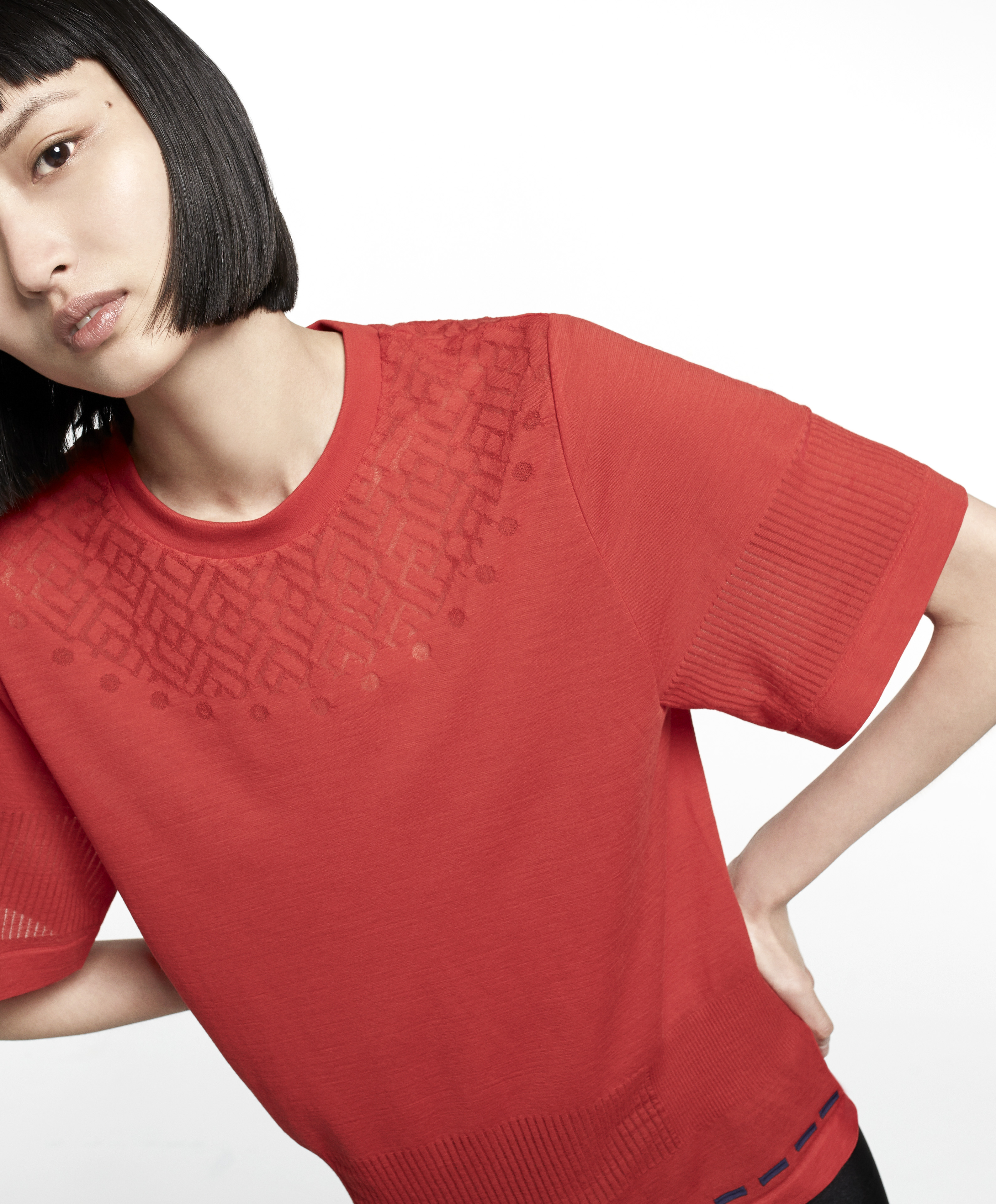
The appeal of knitwear lies in its overall shape and silhouette. This module explores what determines silhouette, starting by taking a look at a range of classic body shapes for menswear and womenswear.
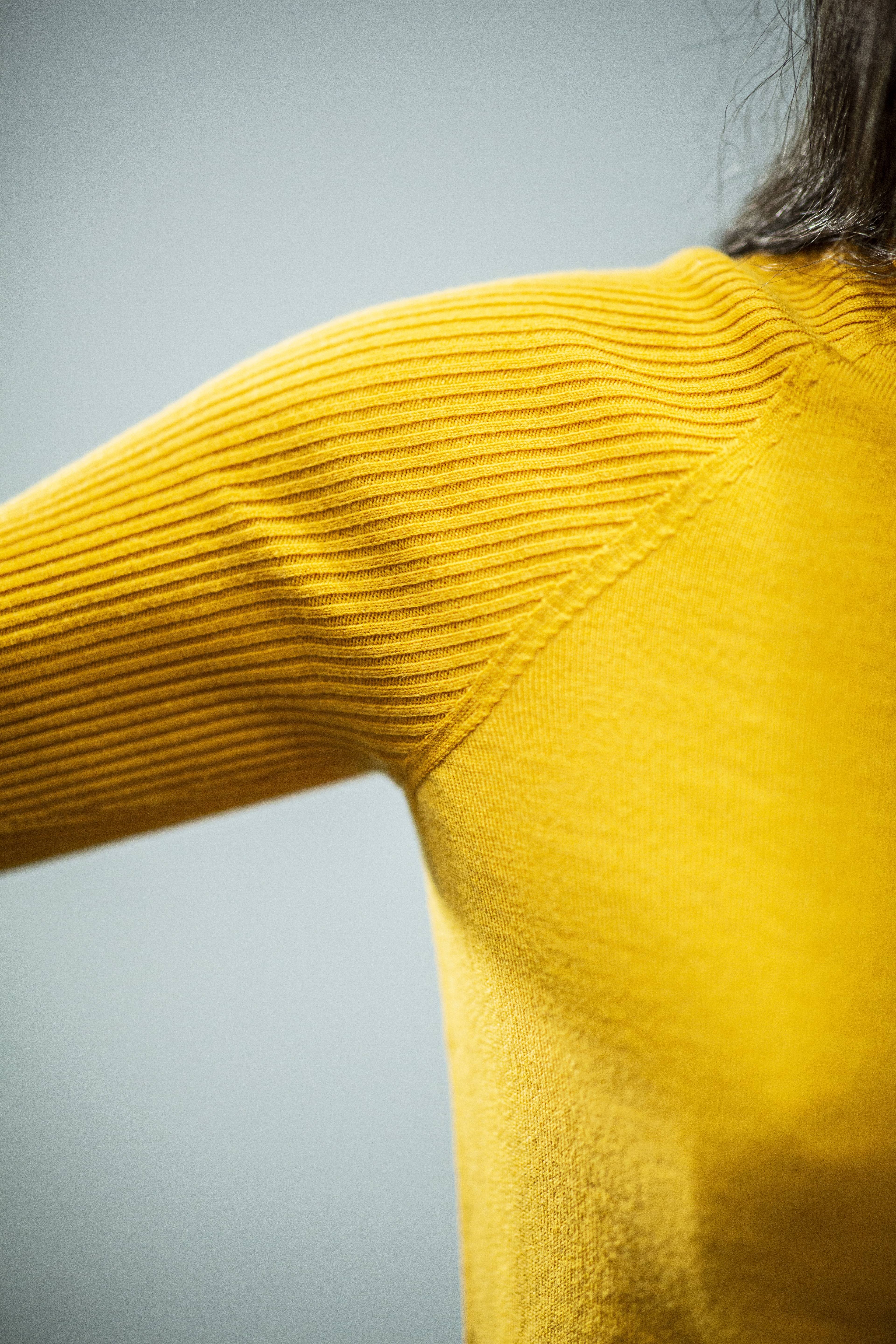
Having explored basic body shapes and silhouettes in the previous module, you will now take a look at the influence on knitwear design of a range of classic neck cuts and trims, starting with basic knitwear trims. Note that some of the content covered in this module reviews previously covered content.
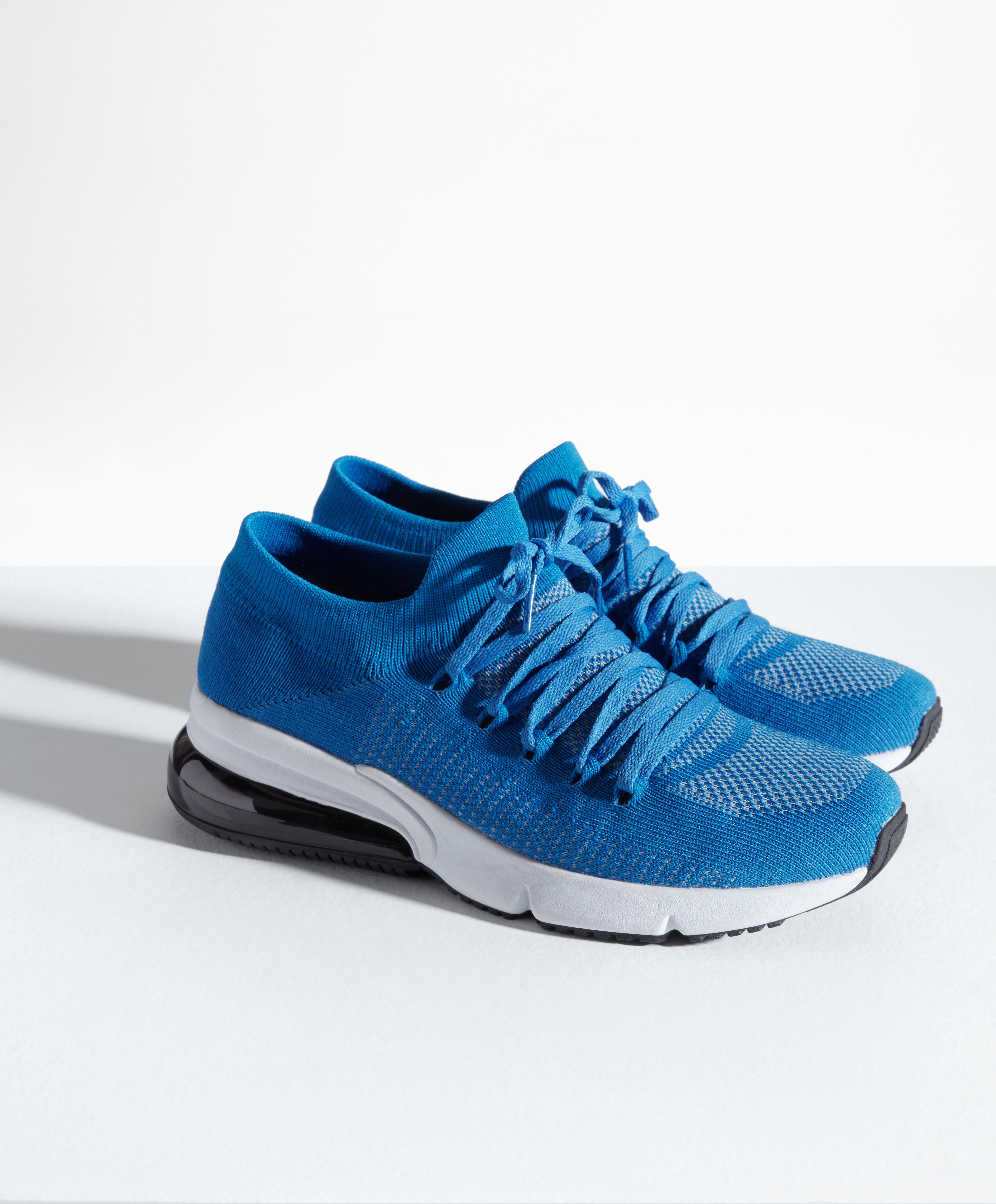
Accessories, such as gloves, hats, socks, scarves, capes, trousers and shoes are an increasing and important part of the modern knitwear industry. This module explores the design-and-make processes for a range of popular knitwear accessories.
